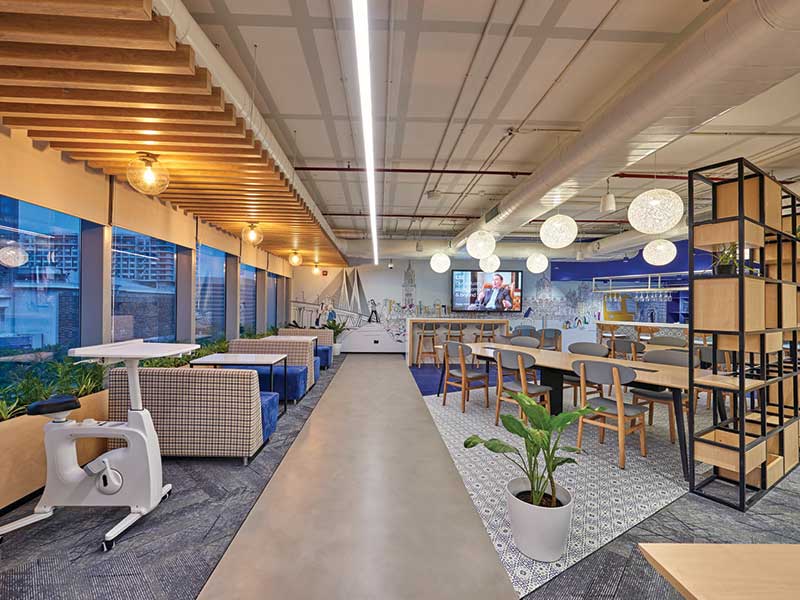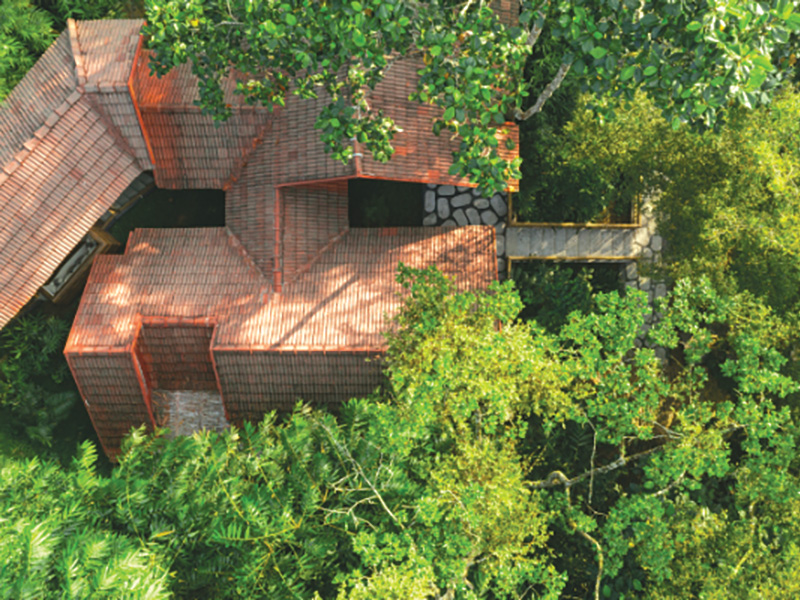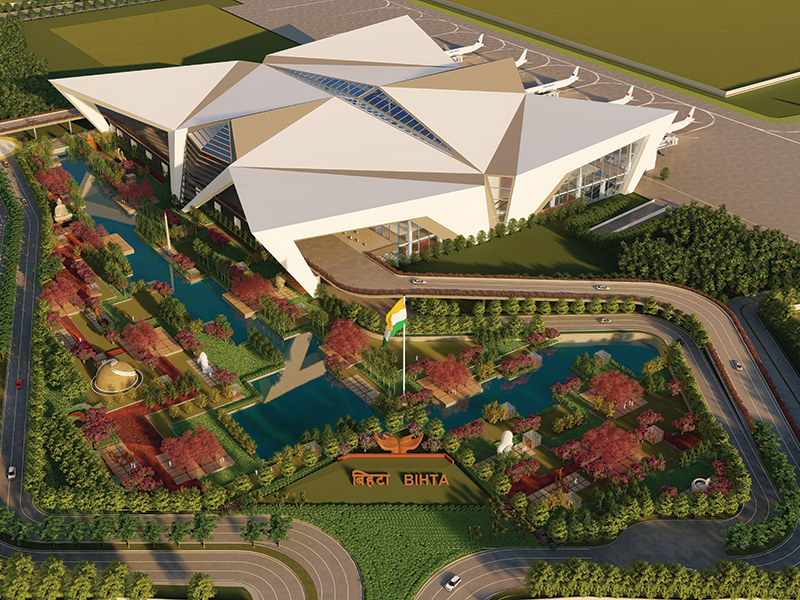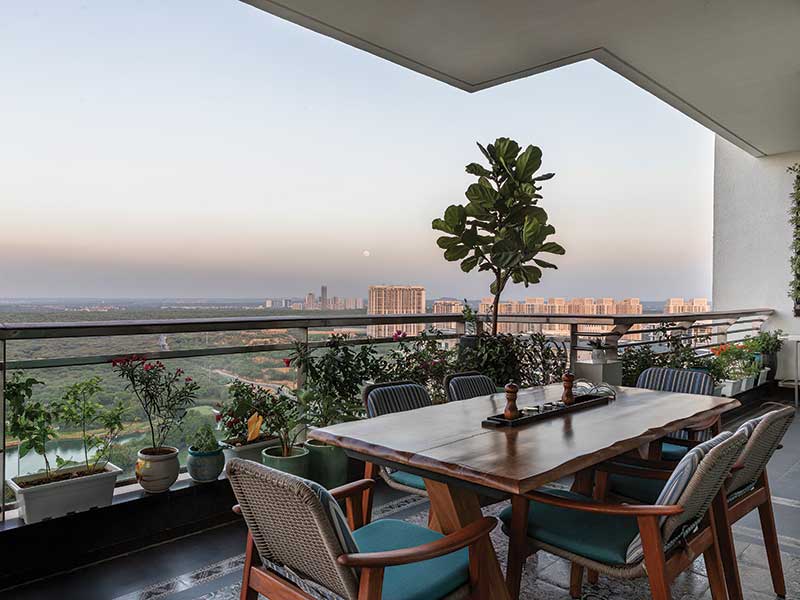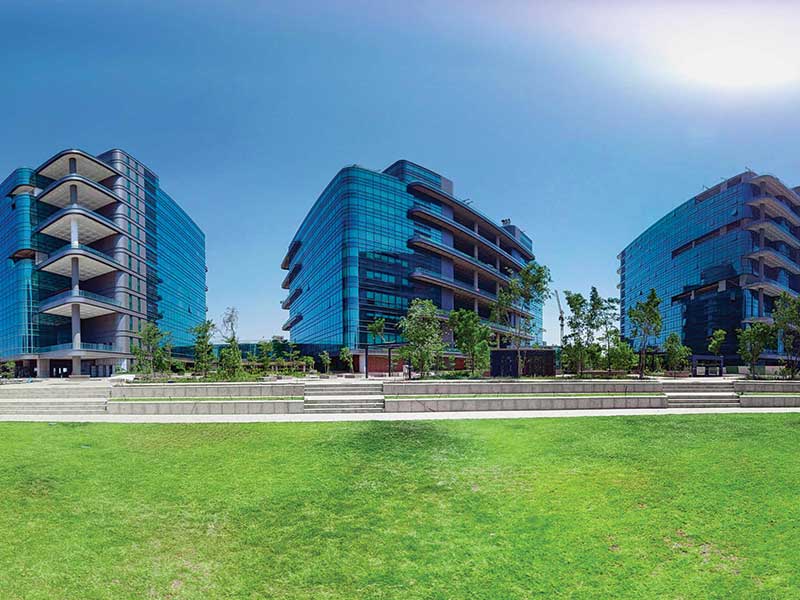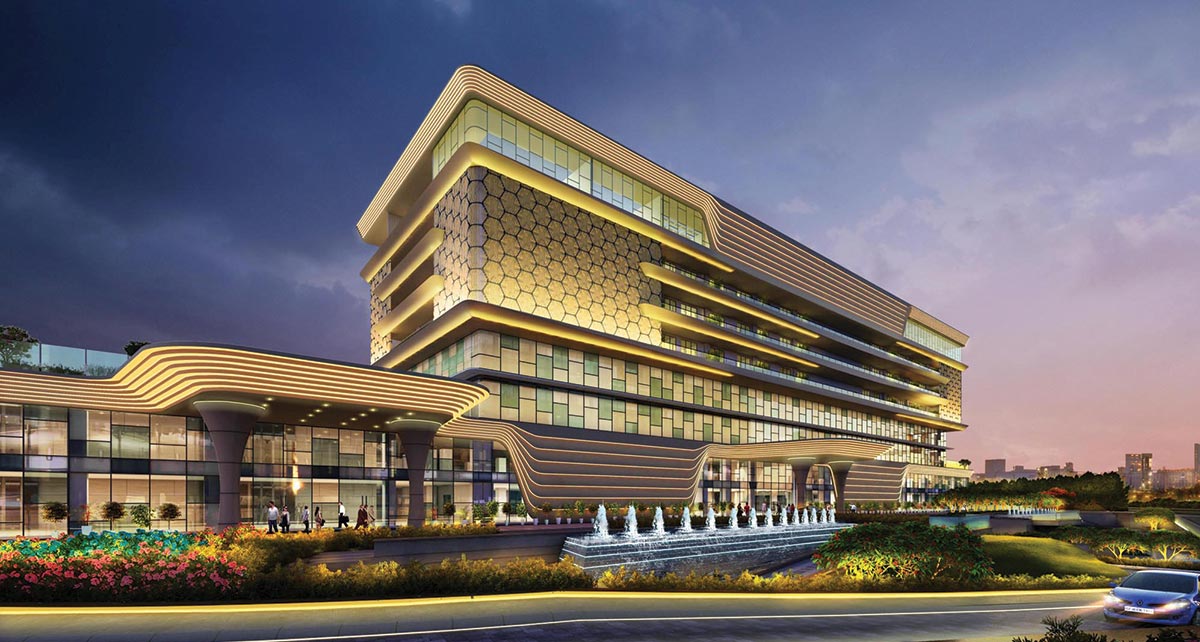
The word “green” itself triggers a concatenation of words in our heads like plants, organic, planet or say sustainability. And this further induces a sense of responsibility in us towards our immediate environs. With the shooting up of skyscrapers every now and then, the cities are emerging as packed encampments for job aspirants and more immigrants. These concrete structures add 40% of the gas emissions to the greenhouse effect as per a UN report of 2019; other perilous issues are climate change, global warming, increase in population, air pollution etc. These issues need to be addressed: what role can architects play to mitigate the problems and how does green architecture help?
How about we dig down the lane and add solutions to these 40% of the gas emitters. The definition of green architecture goes beyond the addition of solar panels or green facade, it is designing and construction of a space/ building with the rudiments which are eco-friendly and sustainable. A building which “generates all of its own energy with renewable non-toxic resources, captures and treats all of its water, and operates efficiently and for maximum beauty” is a definition by The Cascadia Region Green Building Council.
Sustainability is not just a mandatory aspect but also a duty as a designer to paint the skyline with the foundations of eco-friendly footings. We believe that our baby steps with each and every deliverable will definitely do its bit in contributing towards conserving Nature
Khozema Chitalwala
Pondering over all these explanations and different notions of ‘green’ architecture, we can enumerate certain characteristics which fall under the umbrella of the above. Commencing from the basics, these can be classified under Passive or Active. Passive measures include the design of windows, natural lighting, orientation, insulation etc. A good and sustainable design can be achieved when these measures are taken into consideration during the design charrette. The measures that are technical or the mechanical systems used to achieve the sustainable aspect of a building, like rainwater harvesting systems and solar panels, fall under this column.
At Designers Group, we try to introduce sustainable ideas in a project right from scratch. Studying and scrutinizing our hospitality deliverables, especially hotels like the Gift International Club, we incline to conserve maximum energy - whether it is electrical or human - to bring out the sustainability aspect of the built.
The practice of recycle and reuse are followed in all our major design schemes. A mandatory introduction of water treating systems is followed in all our hotels. Conversion of garbage to manure or OT systems further act as green features. We are extremely cautious about the lighting aspect of each project, particularly spaces like guest rooms. Each and every space is pre-designed and mock-ups assist us in the perfect lighting system, which is neither under or over engineered.




